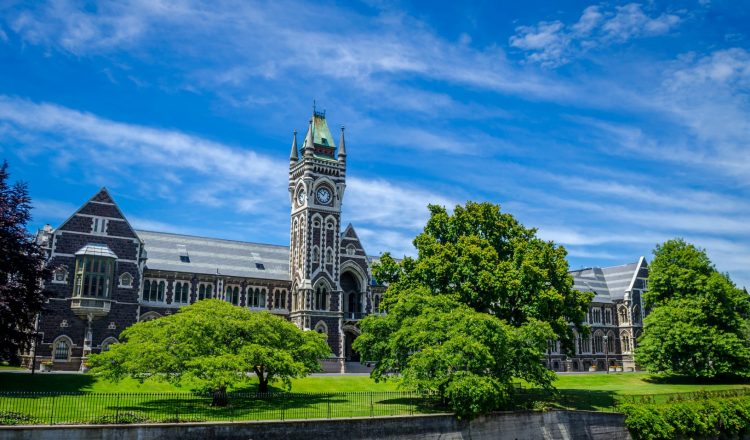学习费用(国内学生)
国内学生需要支付学费吗?
这取决于学校的种类。
-
国立
- 和州综合学校必须向家庭学生提供免费教育。这意味着他们可能不会收取学费。
- 唯一的例外是,国立融合学校的所有者可能会收取称为 “入学费” 的强制性费用。业主为这些学校提供土地和建筑物,这笔费用用于支付其财产成本。
- 私立学校获得的政府资金有限,因此每学期或每年都收取固定费用。费用应在注册信息或招股说明书中明确列出。
其他费用
你应该准备为以下费用付费:
- 文具,例如练习簿、钢笔、铅笔
- 校服
- 如果你需要,可以提供课前和课后护理。
如果你负担不起校服、文具或在课外照顾的费用,这不应该阻碍孩子的教育。首先与你的学校谈谈。你也许能够获得经济援助。
您可能还需要为志愿活动或活动(例如周末或课外运动)支付费用。只有在他们事先告诉父母并且父母同意付款的情况下,学校才能为志愿活动或活动收费。如果某项活动或项目是学校课程的一部分(例如看到学生将被评估的戏剧、露营、旅行或学校报告),那么无论您是否支付任何自愿捐款,您的孩子都有权被包括在内。
如果活动或活动不是学校课程的一部分(例如体育赛事或学校社交活动),如果你不付钱,你的孩子将无法参加。
学校捐款
学校可能会要求家长或照顾者提供捐款,捐款是自愿捐款,以帮助学校管理。支付捐款并不是强制性的。你可以部分付款,无论是全额还是根本不支付。
捐赠可以用于一般用途,也可以为特定物品(例如营地、课堂主题或旅行)进行标记。

















































